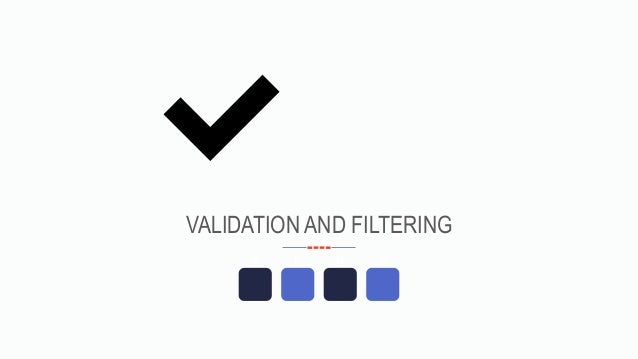

It is primarily a collection of Power Apps specific Build Tasks for Azure DevOps that can be used to automate the source code management, build and deployments for Power Apps and Power Automate.

Given the dire need expressed by many of our enterprise customers for a complete ALM and DevOps support in to the Microsoft Power Platform I felt like writing this blog to give a very quick high-level overview of the tool and its capabilities. I recently had an opportunity to play around with the tools and found it very impressive and useful. It’s a significant step forward by the Microsoft Power Apps team to build a healthy ALM and DevOps addition into the Power Platform suite. you can filter using the 'TimeDimensionBegin' and 'TimeDimensionEnd' fields.App Dev Manager Om Chauhan spotlights Power Apps Build Tools for Azure DevOps.ġ Public Preview of Power Apps Build Tools 4Ģ How to bring in Power Apps build tools into your Azure DevOps organization? 4ģ ALM and DevOps using Managed and Unmanaged solutions 5Ĥ DevOps tasks that are provided by Power App build tools 6Ħ Tutorial and videos 9 1 – Public Preview of Power Apps Build ToolsĪt the time of writing this blog the Power Apps build tools is still in preview version and available here under these preview licensing terms. To make sure that the service returns all the data related to one year. The indicator data can be related to one year or, in some cases, to a time period that can span over multiple consecutive years. Continuing to build on the query from the previous example, if you wish to see the life expectancy at birth data for male sex only, the query is:Įxample 6 - Filtering indicator data by time dimension Use the URL parameter filter with a list of fully qualified dimension codes separated by operator You can filter the data returned by the web service by identifying specific dimensions and dimension codes that you wish to include or exclude.


 0 kommentar(er)
0 kommentar(er)
